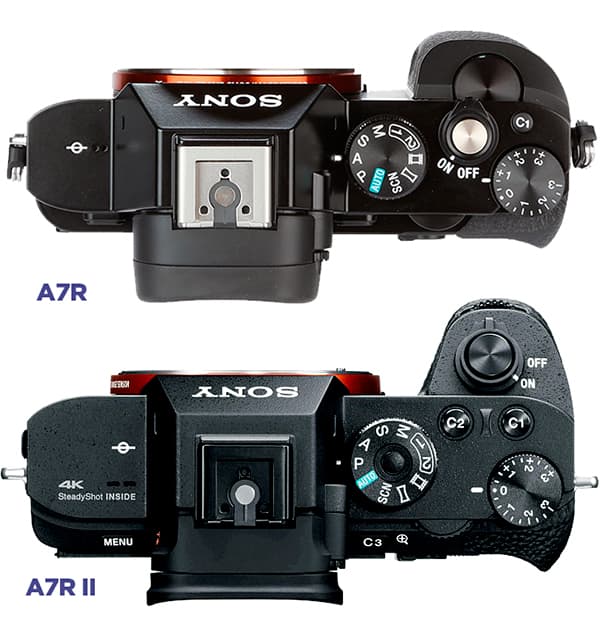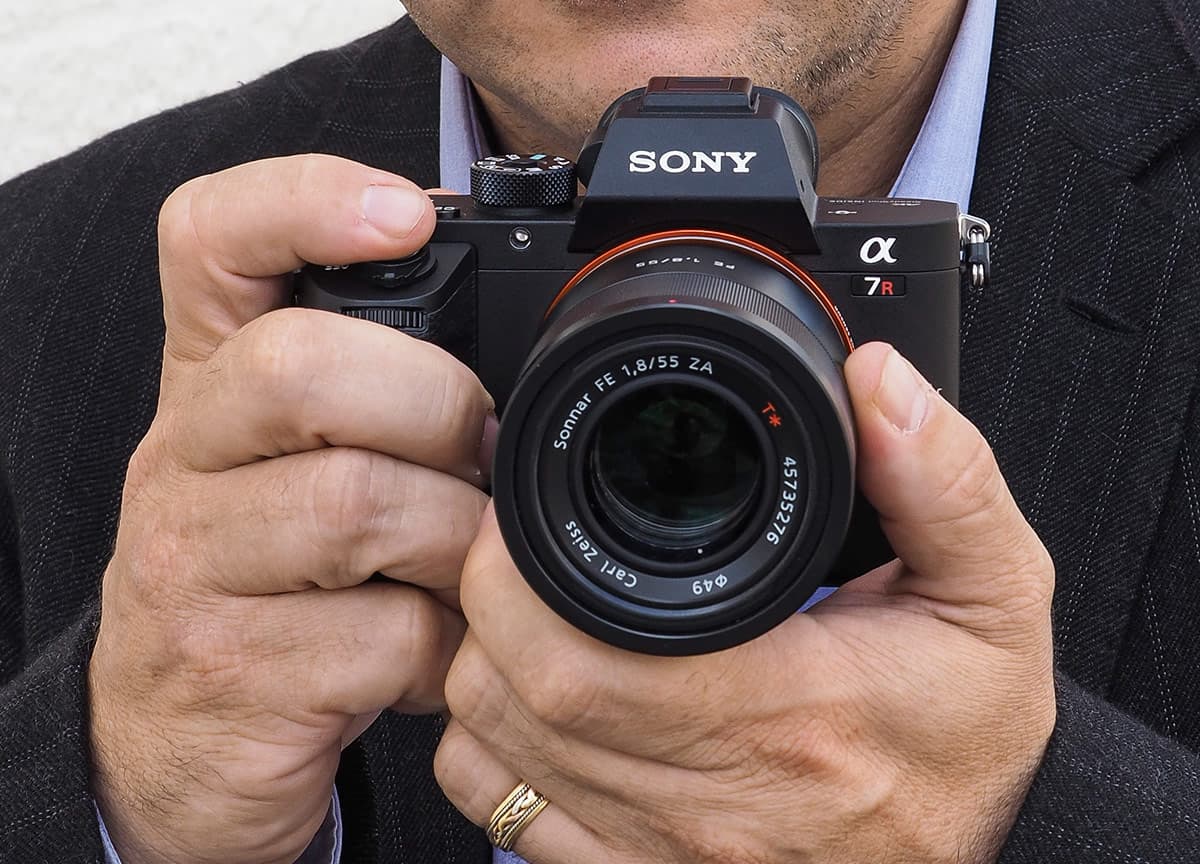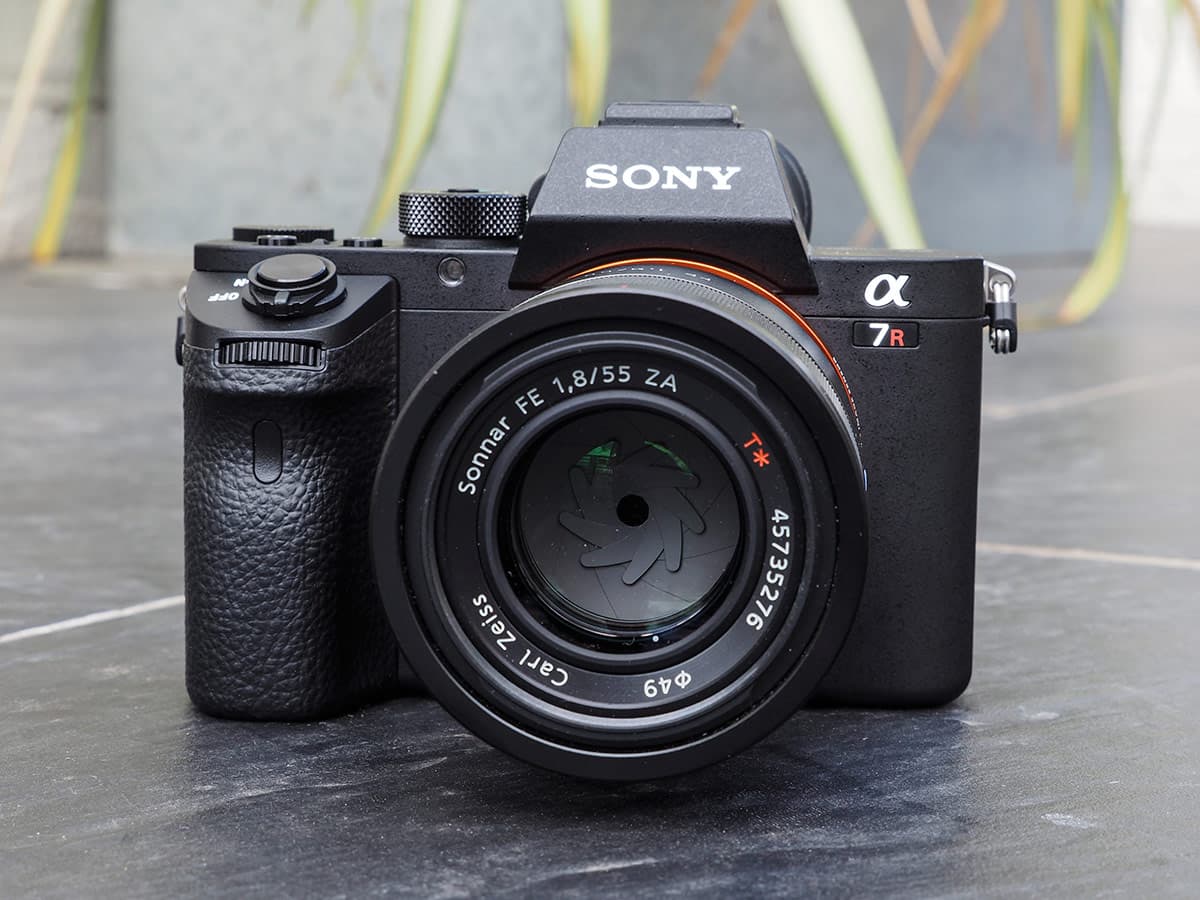Sony’s new Alpha 7 series flagship represents a throwing down of the gauntlet not only to other compact system cameras but also to Nikon and Canon DSLRs –including the new 50MP Canon EOS 5DS R.
The Alpha 7R II is no incremental tweaking of its predecessor – it has brought together the best attributes of its previous A7 models, and turned up the heat another couple of notches with some headline-grabbing innovations on top.
Firstly there’s the new 42.5-million-pixel sensor. Usually, increased resolution comes at the expense of speed and sensitivity. You can have more pixels but low light performance and burst speeds will be the price that has to be paid.
But thanks to the incorporation of the world’s first back illuminated full frame sensor Sony is suggesting that you can have your cake and eat it. Despite the increased resolution (boosted further by the omission of an optical low-pass filter) this new chip delivers 3.5x faster readout than the A7R, and more light collecting power. This enables the A7R II to shoot at 5 frames per second and at an ISO up to 102,400.
Although these are claims that we can’t fully test until we get a full review sample, some of the changes from the A7R are immediately apparent. Just like the recently launched A7 II, the newly designed, weather-sealed, magnesium alloy body is deeper than its predecessor, with a much more prominent handgrip. This transforms the way the camera feels in the hand, making it feel more substantial, and more secure to hold.
Moving the shutter button to the top of the grip makes it sit more naturally under the finger, while the front input dial now protrudes from the front of the grip and a welcome additional custom button has been added behind the shutter release.
The shutter itself is new too. Tested to 500,000 actuations, it has been designed to produce 50% less vibration than the A7R, and the camera additionally incorporates the electronic silent shutter from the A7S.
The XGA resolution OLED EVF offers further proof of the increasing quality of electronic viewfinders. With 100% coverage and the world’s highest magnification of 0.78x/38.5 degrees (marginally beating existing Olympus and Fujifilm offerings) it’s huge, bright and detailed.
A key new feature of the A7R II is a new hybrid AF system incorporating 399 on-chip phase detection AF points. These cover 45% of the image area and, Sony claims, perform 50% faster than the A7R. It certainly seems fast and crucially it works with any lens, not just the 13 current Sony FE mount lenses.
Using the LA-EA3 adaptor the hybrid AF works with Sony A-mount lenses with SSM and SAM motors, and should also work with third party optics using a Metabones adaptor. In fact we were able to compare the AF speed of the A7R II and the A7R with a Canon 50mm lens attached to a Metabones adaptor, and the focusing speed of the new model is an order of magnitude faster than the sluggish AF on the A7R. This will make the new model significantly more attractive to DSLR owners thinking of switching to Alpha but keeping their existing lenses, and of course they will also benefit from the A7R II’s new 5-axis image stabilisation.
Video Shooting
One of the most important additions to the A7R II is aimed at video shooters. The inclusion of 4K movie recording, internally, gives it an advantage over not only the A7R but also the video-oriented A7S, which needs to use an external recorder (though the A7S still has other attributes that will likely make it the preferred choice for this purpose).
Using the XAVC S codec it can record at a high 100Mbps bit rate in 4K or 50Mbps in HD. Furthermore, in Super 35mm crop mode the A7R II employs a full pixel readout without pixel-binning, over-sampling 1.8x as many pixels as it needs to for 4K movie shooting. A range of other professional video features, such as Picture Profiles, Time Coding and the ability to shoot in S-Log2 Gamma or S-Gamut modes, make this an attractive camera for film makers.
Sony Alpha 7R Mark II Review – First Thoughts
In the Alpha 7R II Sony has produced a camera that should appeal to a very wide range of users who would traditionally have favoured a DSLR. For studio and landscape photographers the 42.5MP BSI sensor offers the possibility of incredible resolution (equalled only by the new Canon EOS 5DS R) even in low light. But its AF system and 5fps burst rate make it also potentially useable for those who may want to photograph moving subjects. And for pro photographers who are increasingly required to also shoot video on their jobs there’s the ability to shoot 4K internally.
For wedding photographers in particular, the 4K video mode, high-ISO shooting and silent shutter mode make a compelling argument for switching from a DSLR, and that’s without taking into account the smaller and lighter form factor that it also offers. With Sony promising to expand its range of FE lenses to 20 by early 2016 the Alpha 7R II has the potential to give the big full-frame DSLR brands a bloody nose.
We were unable to record any stills or video during our hands-on session but we’ll post sample images and 4K video footage as soon as we’re able to.












